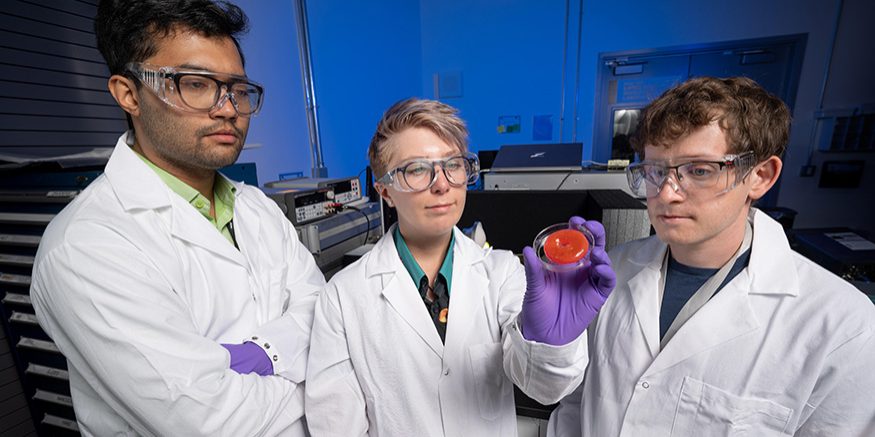In the rapidly evolving world of 3D printing, pursuing faster, more efficient, and versatile production methods is never-ending. Traditional 3D printing techniques, while groundbreaking, are often time-consuming and limited in the kinds of materials they can use as feedstock.
But, through a new process a Lawrence Livermore National Laboratory (LLNL) team is calling microwave volumetric additive manufacturing (MVAM), researchers have introduced an innovative new approach to 3D printing using microwave energy to cure materials, opening the door to a broader range of materials than ever before.
In a recent paper published by Additive Manufacturing Letters, LLNL researchers describe the potential of microwave energy to penetrate a wider range of materials compared to light-based volumetric additive manufacturing (VAM). While VAM techniques like computed axial lithography allow for rapid printing of complex 3D shapes in a single operation and eliminate the need for support structures, VAM relies on specific materials, primarily transparent and low-absorbing resins, which restricts the use of opaque or composite materials.


